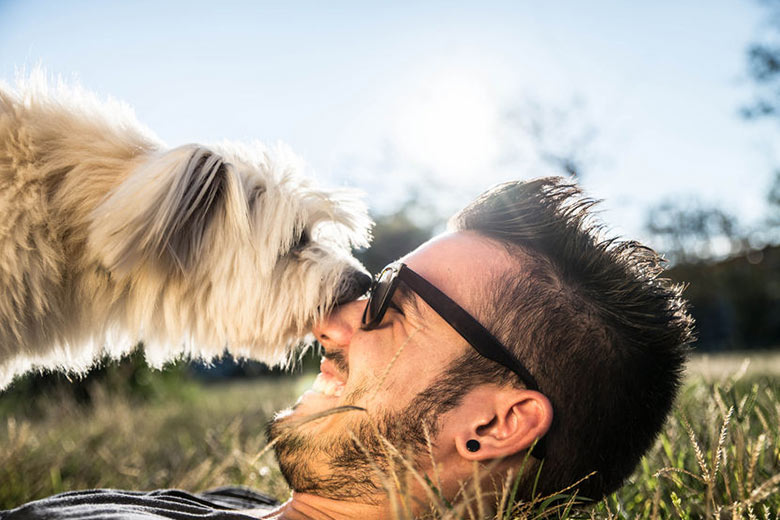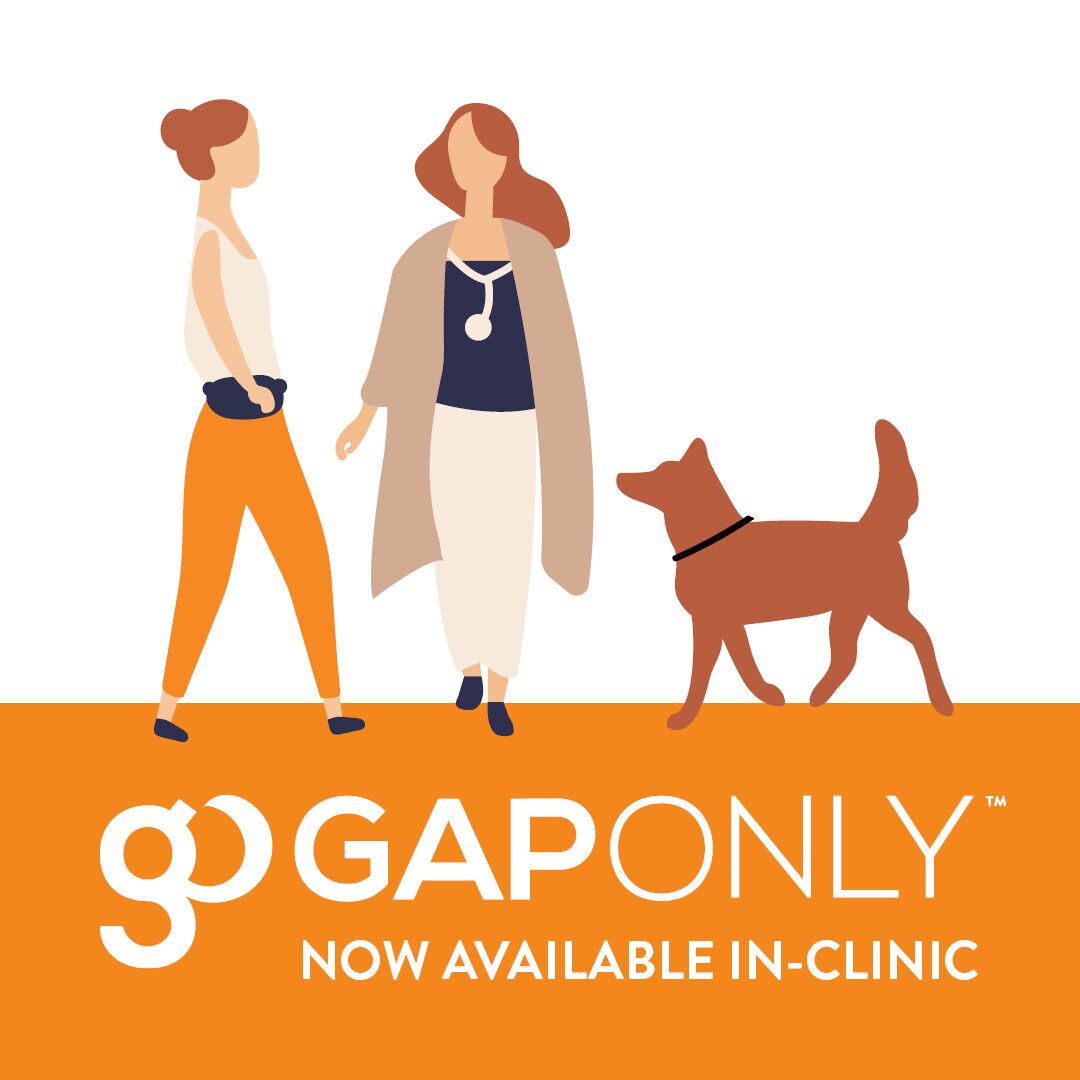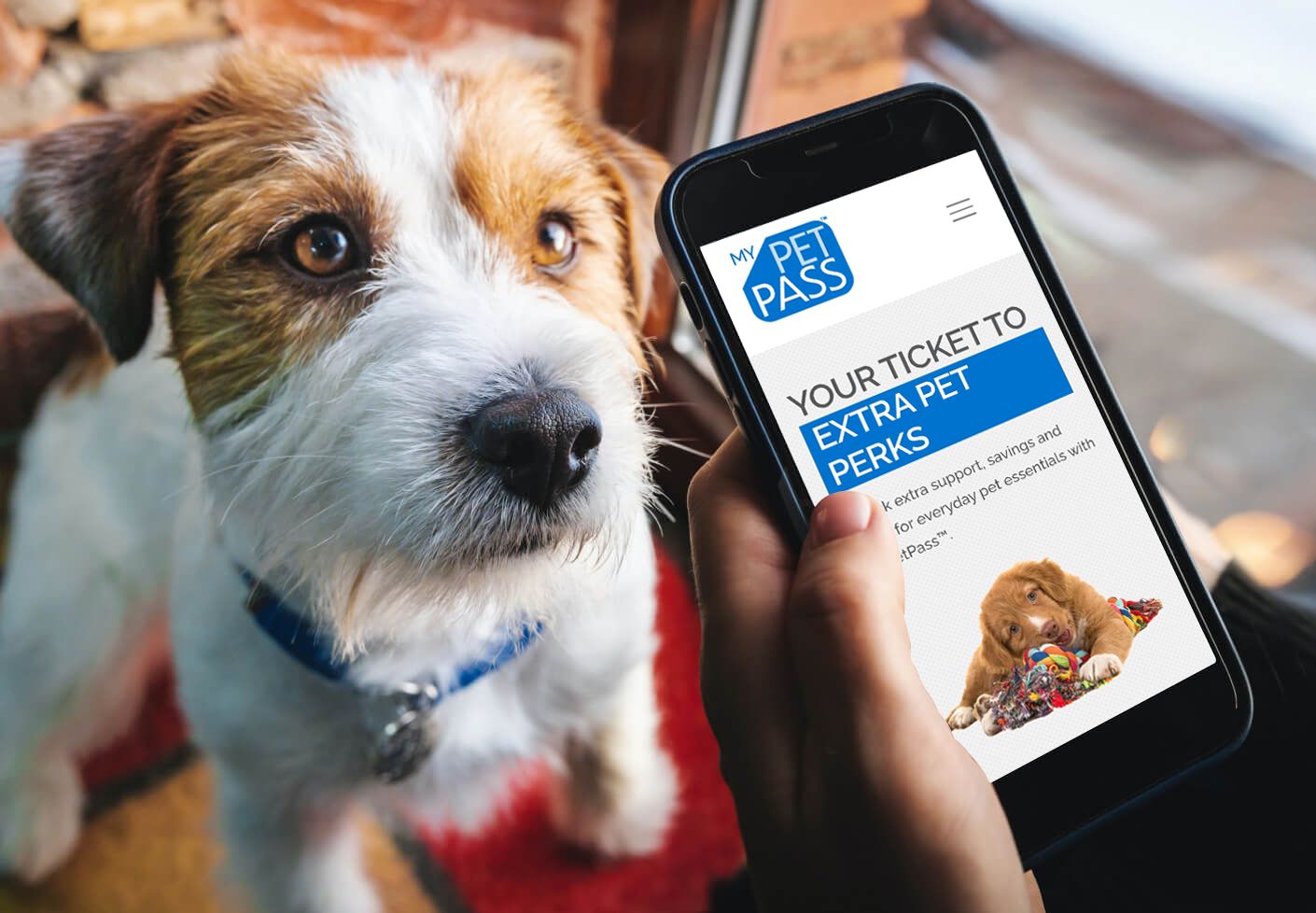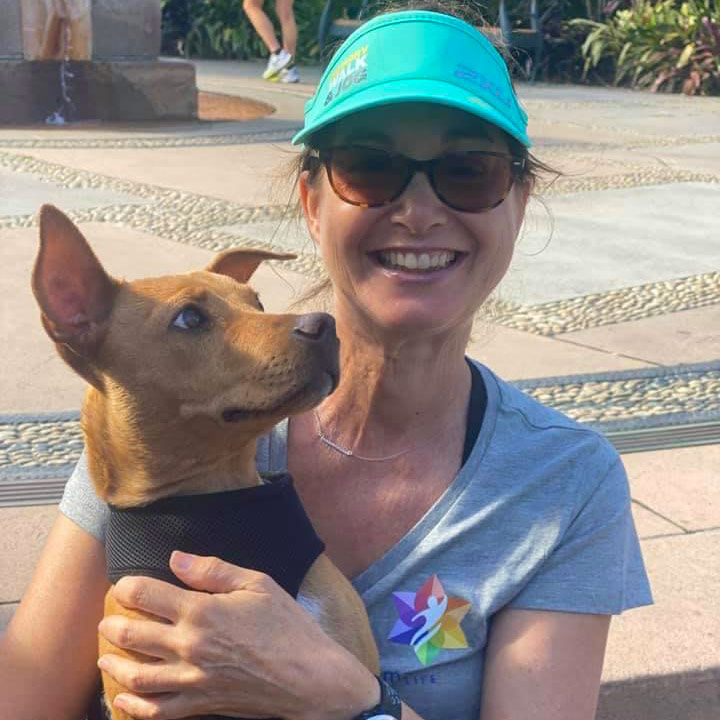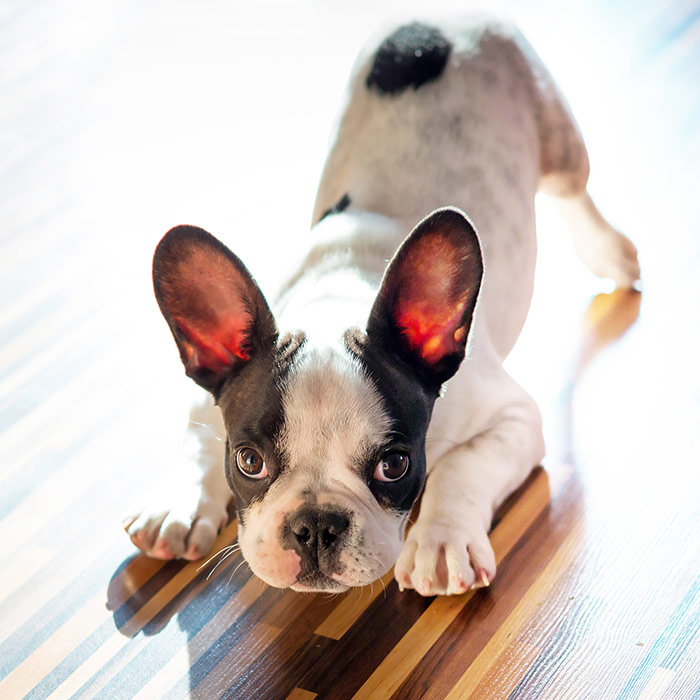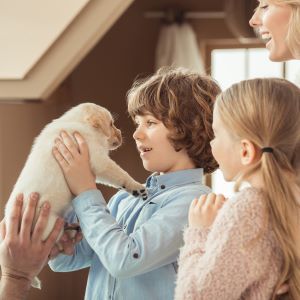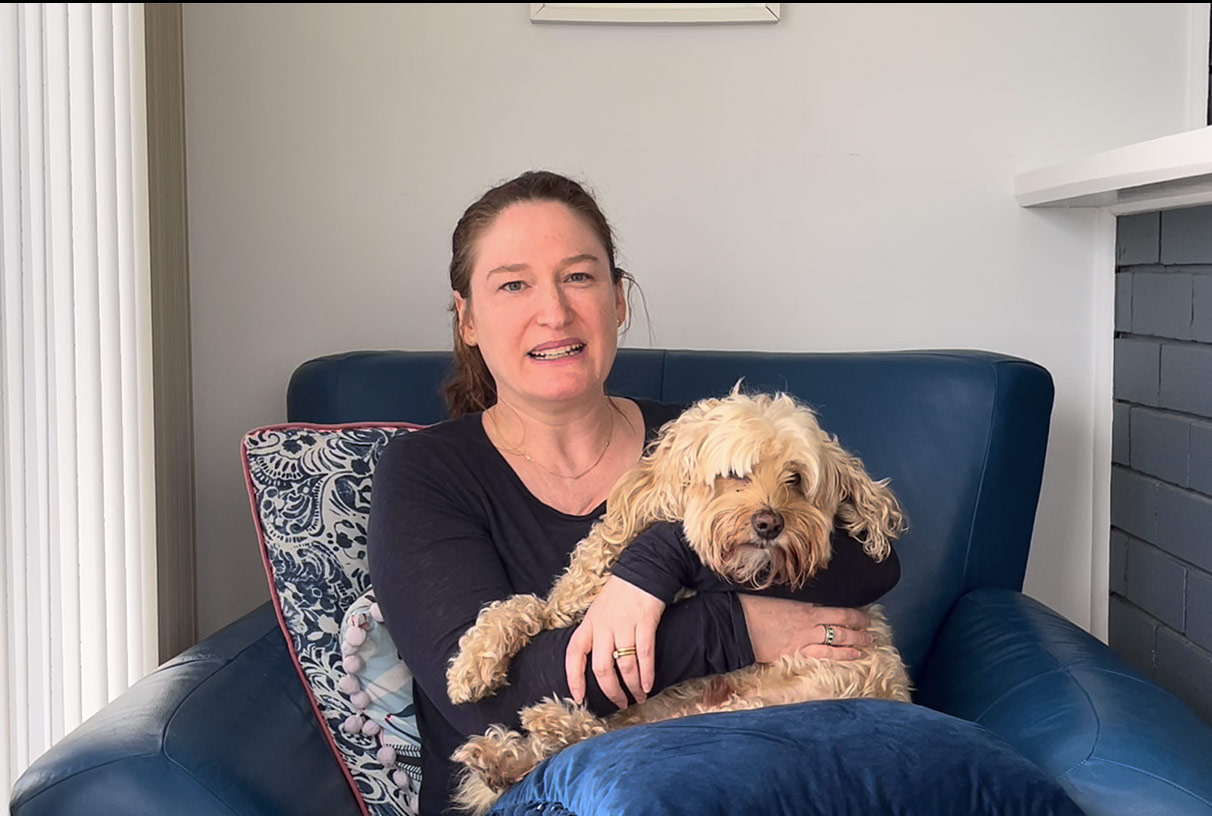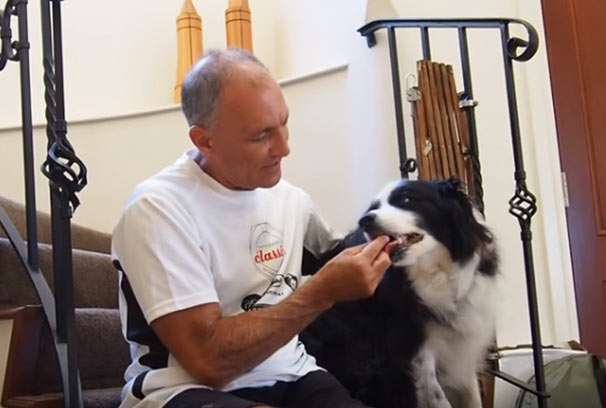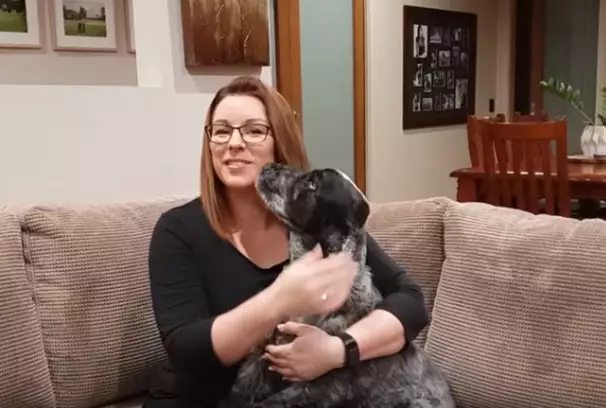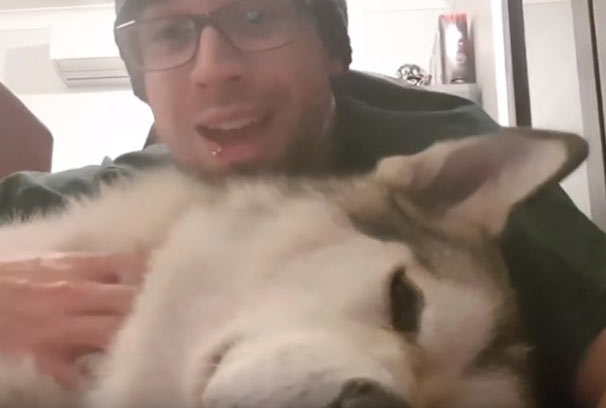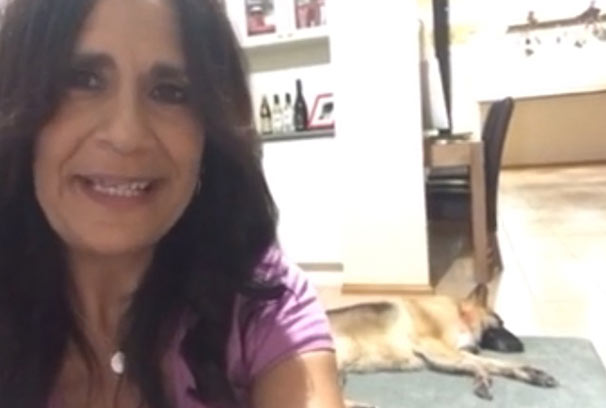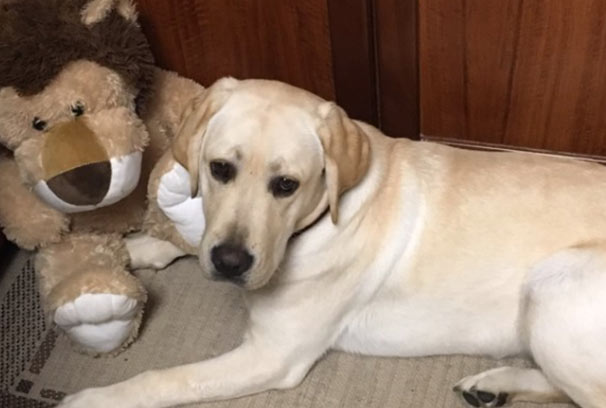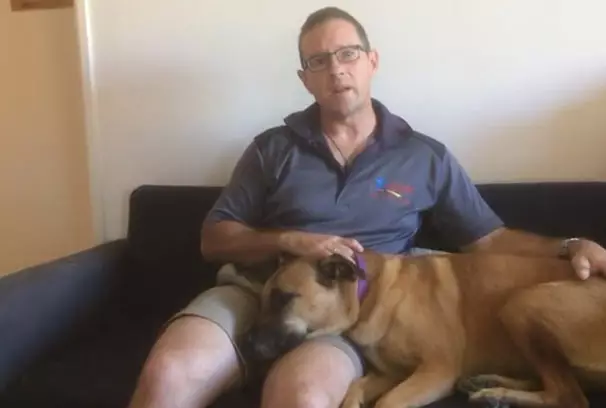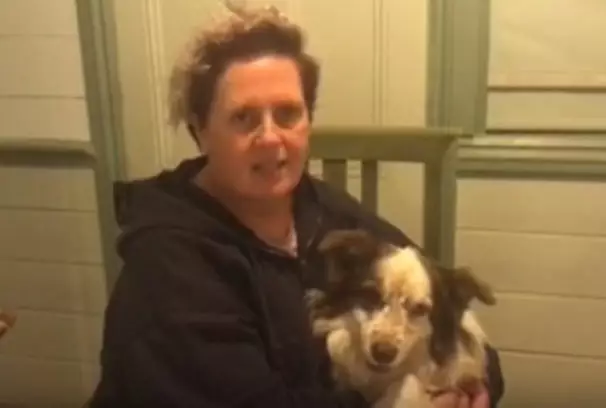Why does my dog stare? Canine behaviour explained
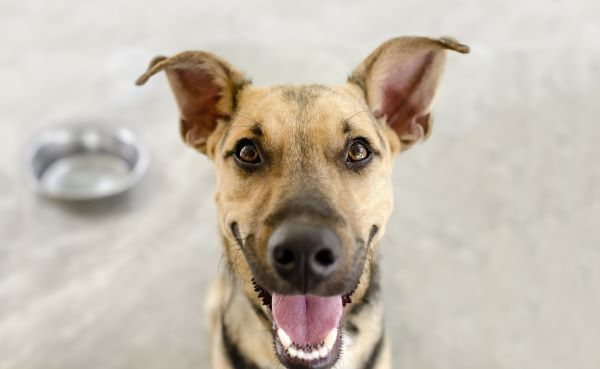
Dogs are expressive, intelligent animals with a wide range of behaviours that often puzzle and delight us. From tilting their heads in curiosity to wagging their tails with enthusiasm, every action has meaning.
 One behaviour that many dog owners notice is their dog staring at them. Sometimes the staring is intense, sometimes it’s soft and soulful. If you’ve ever wondered “Why is my dog staring at me?” you may be in for some surprises.
One behaviour that many dog owners notice is their dog staring at them. Sometimes the staring is intense, sometimes it’s soft and soulful. If you’ve ever wondered “Why is my dog staring at me?” you may be in for some surprises.
In this article, we’ll explore the reasons behind this common canine behaviour and how to interpret what your pooch might be trying to tell you when they stare into your eyes.
Understanding canine staring
Dogs may stare at their owners during mealtime, while relaxing on the couch, during training sessions, or even when you’re simply walking around the house. Each situation can hold a different meaning.
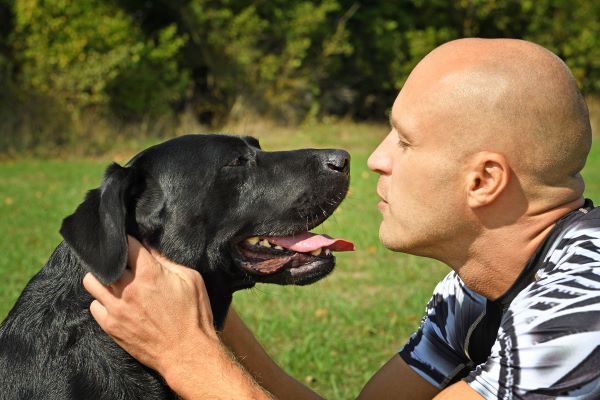
1. Seeking attention or affection
Your dog may stare to prompt interaction, whether it’s a pat on the head, a belly rub, or playtime. They quickly learn that eye contact often leads to a reward.
Did you know?
When your dog gazes into your eyes, both of you experience a boost in oxytocin, the same hormone that helps human babies bond with their parents!
2. Communication
Dogs can’t speak, but they’re excellent non-verbal communicators. A stare may be their way of saying “I’m hungry,” “Let’s go outside,” or “I’m confused—what do you want me to do?”
In training or uncertain situations, dogs will often look to their owners for cues on what to do. This is known as “social referencing”, and it’s a sign of trust and dependence on their human companion.
Did you know?
Dogs are one of the only non-primate species that can follow human eye direction and pointing gestures, a skill that develops in puppies as early as 6 weeks old!
3. Observation and anticipation
Your dog may be watching your movements closely, anticipating your next action, especially if it relates to food, treats, or walk time. Or, they may be assessing if you’re happy, sad, or angry, especially if they’re unsure of how to act.
Did you know?
Dogs are masters of reading human behaviour. Studies show dogs can read human facial expressions and will stare longer at their owners when they’re trying to understand emotions.
4. Expression of emotions
Sometimes, a stare is a sign of love and connection. Dogs often gaze into the eyes of their trusted humans to bond, much like a baby does with a parent.
Did you know?
Dogs quickly learn that puppy-dog eyes and a well-timed stare can lead to treats, pats, or even a change in your mind. Yes, they know how to manipulate you!
5. Behavioural issues or medical concerns
In rare cases, staring may be a sign of anxiety, cognitive dysfunction (especially in senior dogs), or vision-related issues. Sudden changes in behaviour should be discussed with a vet.
Did you know?
Dogs often stare at their owners while pooping! This happens because they are in a vulnerable position and looking to you for protection. It’s a survival instinct, not a sign of embarrassment!
6. Breed and personality
Some breeds—like Border Collies, Australian Shepherds, and other herding dogs—naturally stare more because they’re bred to fixate during work.
Individual personality also plays a role: some dogs are naturally more focused or inquisitive than others.
Did you know?
Breeds like Border Collies and Kelpies use “the eye” to herd animals, and will often fix their intense gaze on you, too!
Interpreting your dog’s stares
Understanding the type of stare your dog is giving you can help you respond appropriately. Not all stares mean the same thing—some are sweet and affectionate, while others may signal discomfort or even potential behavioural concerns. Here’s how to tell them apart:
1. The soft gaze
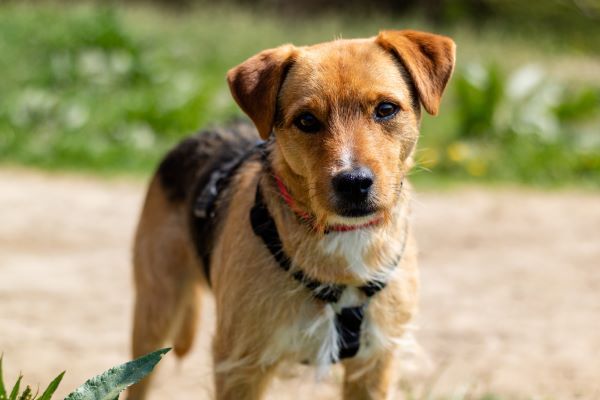
-
Description: Relaxed eyes, often half-lidded or blinking slowly. The head may be slightly tilted or still.
-
Meaning: This is typically a sign of affection, contentment, or trust. Your dog feels safe and close to you, much like a loving glance between friends or family members.
-
Common contexts: During cuddle time, quiet moments, or when your dog is resting nearby.
- How to respond: Enjoy these special moments. You can return the gaze, speak softly, or give a gentle pat. After all, this is your dog’s way of bonding.
2. The hard stare
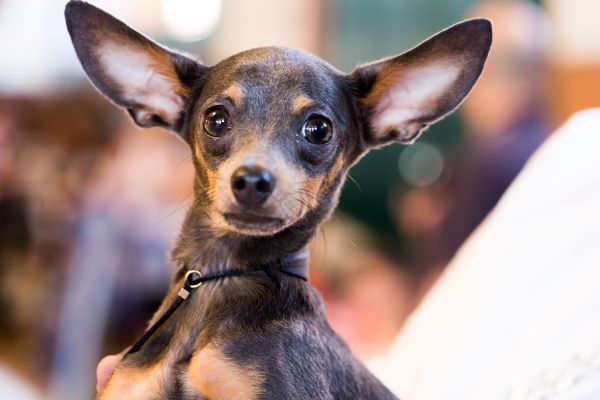
-
Description: Intense, unblinking, direct eye contact. The body may be stiff, and the ears may be forward or flattened.
-
Meaning: This kind of stare can indicate guarding, dominance, discomfort, or a warning. It’s often seen in tense situations or when a dog feels their space or resources (like food or toys) are being threatened.
-
Common contexts: Near food bowls, with unfamiliar dogs or people, or during confrontations.
- How to respond: Avoid direct eye contact and assess the situation. Remove the threat if possible. If it’s related to aggression or resource guarding, consider consulting a behaviourist or trainer.
3. The fixed, unblinking stare

-
Description: A laser-focused stare, often with minimal blinking or facial movement. The dog may be completely still or poised to act.
-
Meaning: This usually indicates intense concentration or anticipation; your dog is mentally locked onto something. It can be neutral (like waiting for a command), excited (anticipating a treat), or problematic (obsessive or compulsive behaviour).
-
Common contexts: During training, while watching prey (or toys), or when waiting for a cue from you.
- How to respond: Consider the context. If the behaviour is appropriate (like waiting for a signal), reinforce it positively. If it’s obsessive or unrelated to any specific cue, it may be worth discussing with a vet or trainer.
Understanding body language cues accompanying the stare
Look for accompanying signals:
-
Wagging tail and relaxed body = happy and curious.
-
Tense body and growling = defensive or aggressive.
-
Whining or pacing = anxious or unsure.
Importance of context in interpreting your dog’s stare
Is it close to mealtime? Is there a toy nearby? Has someone just arrived at the door? Considering the situation helps decipher the meaning behind the stare.
Addressing staring behaviour
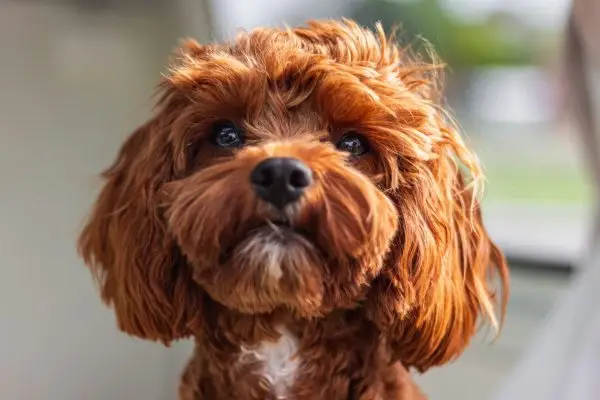
Positive reinforcement for desired behaviours
Dogs often learn that staring gets results, whether it’s food, a walk, or attention. If it’s consistently rewarded, they’ll keep doing it (a concept known as operant conditioning).
If your dog is staring during training or looking to you for guidance, reward it! It shows they are engaged and responsive.
Redirecting unwanted staring behaviours
If your dog begs at the table or stares when anxious, redirect with a command or offer a distraction like a chew toy or training session.
Seeking professional help for persistent staring issues
Canine Cognitive Dysfunction (doggy dementia) can cause dogs to stare at walls, into space, or even at their owners without clear purpose. This type of staring may be accompanied by disorientation, changes in sleep patterns, or house-soiling. If you have an older dog that has been staring frequently, it is important to be aware of this and raise topic with your vet.
For dogs of all ages, if staring is frequent, intense, or accompanied by aggression, consult a trainer or vet to rule out behavioural Ior medical issues.
Unsure how serious it is?
Bow Wow Meow policyholders can get access to trusted vet care anytime, anywhere, at no additional cost. Connect to an experienced Australian registered vet via video call, 24/7. Whether it’s providing vet advice, setting up at-home treatment plans, or confirming if you need to visit a vet in person, you can get help when you need it.
Find out more about our pet insurance cover options.
Strengthening the bond

Using staring as a tool for communication and bonding
Return your dog’s soft gaze—research shows mutual eye contact can boost oxytocin (the bonding hormone) in both dogs and humans.
Building trust and understanding through observation
Paying attention to your dog’s gaze and body language helps you understand their needs and build a stronger relationship.
Using eye-contact to deepen the bond with your dog
 Engaging in meaningful activities that encourage positive eye contact strengthens your bond , supports your dog’s emotional well-being, and reinforces good behaviour.
Engaging in meaningful activities that encourage positive eye contact strengthens your bond , supports your dog’s emotional well-being, and reinforces good behaviour.
In the canine world, direct eye contact can sometimes be seen as rude or threatening—so when a dog comfortably looks into your eyes, it shows a deep level of trust.
By turning eye contact into a fun and rewarding game, you’re teaching your dog that looking at you means that good things happen.
Teaching eye-contact to your dog
1. Get your dog’s attention:
- Say their name in a cheerful voice.
- Hold a treat near your face (but don’t give it just yet).
2. Mark the moment they make eye contact:
- As soon as your dog looks at your eyes, say “Yes!” or click a training clicker.
3. Reward:
- Give the treat immediately after marking the eye contact.
4. Repeat and extend:
- Gradually build up the length of time they hold your gaze before rewarding.
- Start in quiet environments, then try with mild distractions as they improve.
5. More advanced variations:
“Look at Me” on cue: Teach your dog to make eye contact when you say “Look” or “Watch.”
Focus around distractions: Practice during walks or in new environments to help your dog stay connected to you.
Eye contact instead of jumping: Use it to redirect excited dogs who jump when greeting people.

In summary…
Understanding your dog’s stare is more than just decoding a quirk—it’s about building better communication and trust. Whether your dog is watching you with adoration or trying to signal a need, their eyes are truly windows into their world.
Next time your dog locks eyes with you, pause and observe. What might they be trying to tell you? Use the insights from this guide to deepen your connection, improve your communication, and ensure your dog feels seen and understood.
FAQ
Why does my dog stare at me?
To communicate, seek attention, express affection, or anticipate your next move. It’s often a sign of bonding or curiosity.
Is it normal for my dog to stare at other dogs?
Yes, but prolonged eye contact between dogs can be perceived as a challenge or threat, especially if body language is tense.
What should I do if my dog stares aggressively?
Stay calm and avoid direct eye contact. Remove the trigger if possible and if the behaviour persists, consider consulting a professional trainer or behaviourist.
How can I tell if my dog’s staring is a sign of illness?
If staring is sudden, accompanied by confusion, disorientation, or other changes in behaviour, see your vet promptly.
Can staring be a sign of anxiety in dogs?
A: Yes. Anxious dogs may stare while whining, pacing, or displaying other nervous behaviours. Addressing the root cause is key.
Bow Wow Meow Pet Insurance can help protect you and your dog should an unexpected trip to the vet occur.
-
Find out more about our dog insurance options
-
Get an online pet insurance quote
Bow Wow Meow is proud to have been awarded winner of Canstar’s ‘Most Satisfied Customers’ Award in the Pet Insurance category for both 2024 and 2025!
Bow Wow Meow is proud to have been chosen as Product Review’s Pet Insurance Award Winner every year from 2018 to 2025! This is based on 2,995 independent customer reviews (as at 21/01/2025), with an overall rating of 4.3*
Google Review rating = 4.5* (based on 968 reviews)
Trust Pilot rating = 4.6* (based on 531 reviews)
Bow Wow Meow is proud to have been chosen as Product Review’s Pet Insurance Award Winner every year from 2018 to 2025! This is based on 2,995 independent customer reviews (as at 21/01/2025), with an overall rating of 4.3*
Google Review rating = 4.5* (based on 968 reviews)
Trust Pilot rating = 4.6* (based on 531 reviews)
Bow Wow Meow has been chosen as a winner in the Finder Pet Insurance Awards 2024. Finder’s panel of experts analysed over 140 quotes to award our Ultimate Care Plan the winner of the “Pet Insurance – Value” category.

